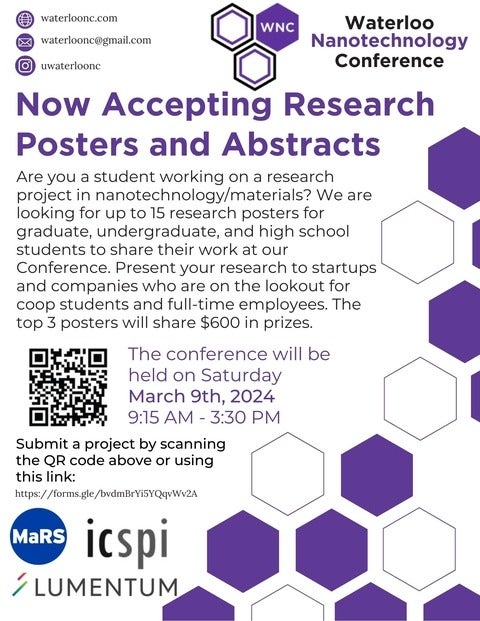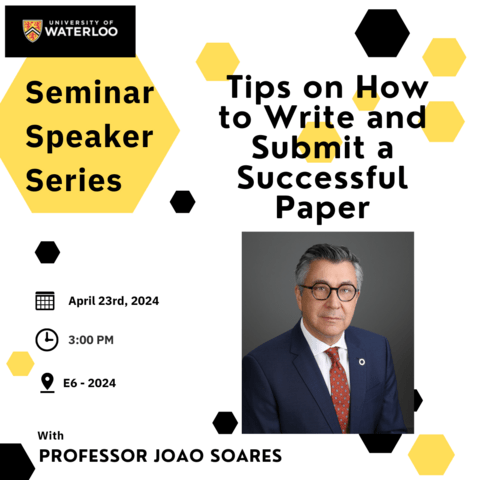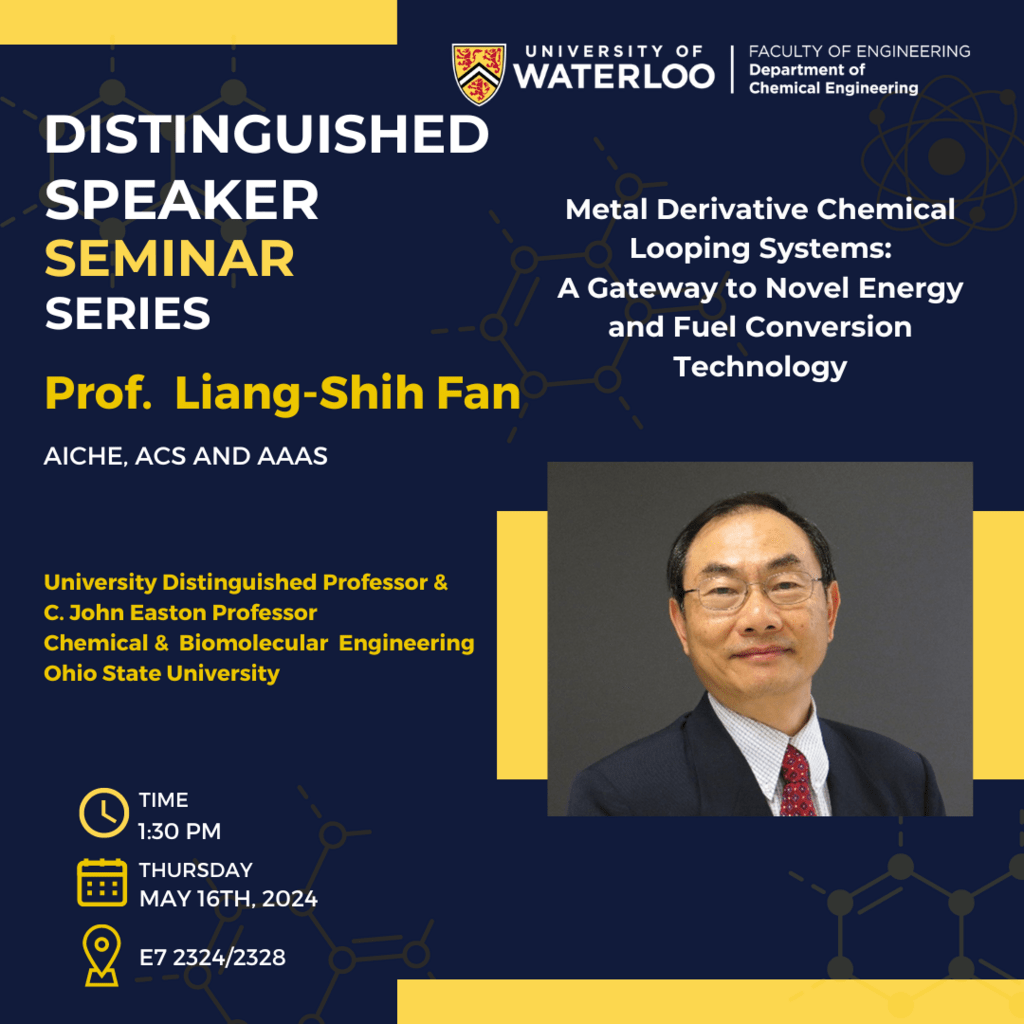You are invited to attend Susan Davari MASc oral exam, where they will discuss their research into Recovery of Volatile Aroma Compounds by Membranes. This will be a remote session, and can be viewed here: https://teams.microsoft.com/l/meetup-join/19%3ameeting_YjE4ZTU1NzItZTQyZi00YjEyLWJmZjYtNDVkZDUxYWNlNDgz%40thread.v2/0?context=%7b%22Tid%22%3a%22723a5a87-f39a-4a22-9247-3fc240c01396%22%2c%22Oid%22%3a%22069aabfa-c404-4c53-a5ab-f823888d0763%22%7d
Thesis title:
Recovery of Volatile Aroma Compounds by Membranes
Abstract:
This research investigates the potential application of poly(ether block
amide) (PEBA)
membranes for the separation of volatile aroma compounds from wine and the effect of nonvolatile components on the separation performance using the pervaporation process.
The study examined the selective retrieval of two aroma compounds (4-ethyl guaiacol and 4-ethyl
phenol) from binary dilute aqueous solutions through pervaporation utilizing the PEBA 2533 membrane. It was observed that this membrane effectively recovers hydrophobic aroma compounds. The influence of feed concentration and temperature on aroma recovery was also analyzed. The performance of PEBA 2533 for aroma recovery was assessed, and experimental data were analyzed using a batch pervaporation model.
It was discovered that both the flux of aroma compounds and their selectivity were notably influenced by the concentration of aroma compounds in the feed. The permeation flux and their selectivity in separating the volatile aroma compound in a binary solution followed the sequence of 4-ethyl phenol > 4-ethyl guaiacol, showing an inverse relationship with their molecular size.
Generally, the permeation flux of aroma was found to be directly proportional to the concentration of aroma compounds in the solution within the tested concentration range
(10-110 ppm). The
impact of temperature on permeation flux followed an Arrhenius-type relationship and 4-EG with larger molecular size showed higher apparent activation energy than 4-EP and water.
It was observed that the recovery of 4-Ethyl guaiacol from its dilute aqueous solution was affected by non-volatile wine components (sugar, yeast, and salt) and alcohol. Specifically, the presence of glucose as a model sugar and NaCl as a model salt in the feed solution did not notably affect the pervaporative performance of 4-EG, maybe because of their low contents in the feed mixture and low interactions with aroma. The addition of agar initially increased the permeate fluxv of 4-EG due to its insolubility and ability to absorb water molecules, boosting the concentration of 4-EG and enhancing the driving force. However, at higher agar concentrations, precipitation formed a thick layer of swollen agar in the tank, trapping 4-EG molecules and reducing their concentration in the solution. This led to a peak flux followed by a decline, reaching a maximum turning point at a specific agar concentration. Finally, the presence of ethanol as a model alcohol in the binary solution of 4-ethyl guaiacol was found to significantly reduce the permeation of 4- ethyl guaiacol. However, the total flux of the mixture considerably increased. The presence of ethanol affected the partitioning and activity coefficients of the components in the mixture as well as membrane swelling and plasticization, which ultimately affected the solubility and diffusivity properties of the membrane.
Supervisor: Professor Feng





